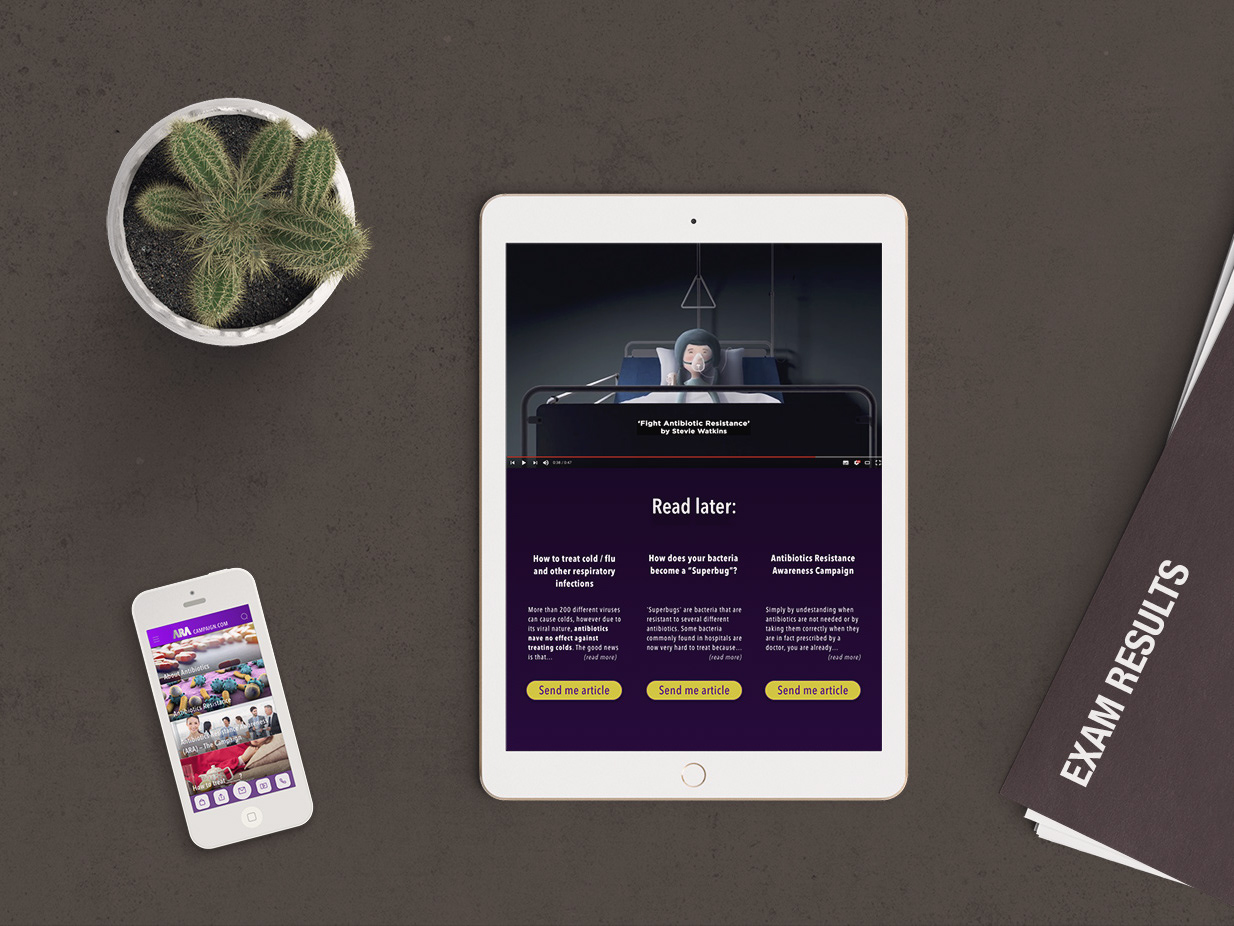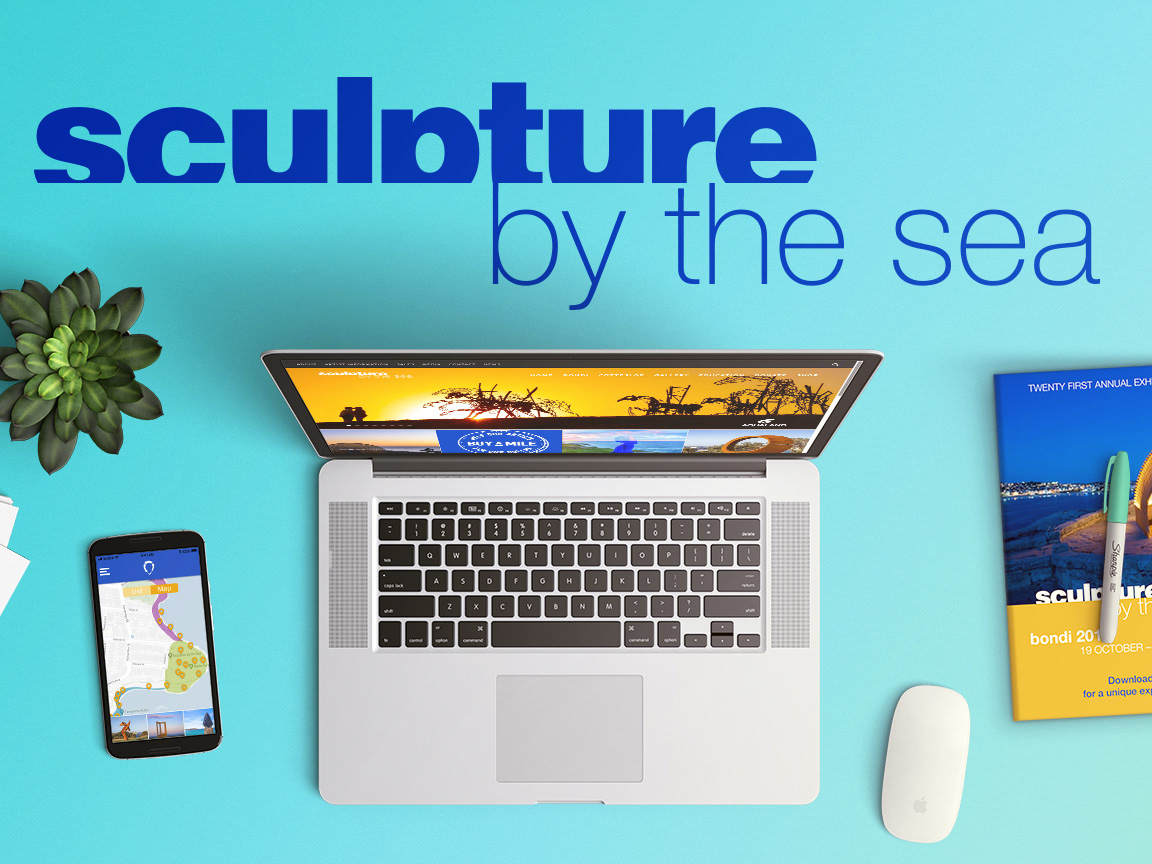Design and optimisation of landing pages, category pages and product pages for Optus Prepaid (Web) for 12 months.
The bread and butter...
As the product designer of Prepaid on Web (product Optus.com.au, Prepaid portfolio) I faced a good balance between designing new pieces and optimising existing experiences.
In fact, I think the part of the role I enjoyed the most was focusing on optimization AB tests. There are several initiatives within the company that promote innovation and one of them is a company-wide forum that uses AB testing (and good old friendly competition) to study and implement behavioural economics concepts that align with UX best practices.
My squad and I were very engaged with this forum and assigned ourselves the task to deliver at least—often more—one AB test per sprint, on top of our ween-on-ween work. This required us to ideate, conceptualise, roadmap, implement, monitor and report AB tests on a weekly basis. The knowledge built via this forum is so beneficial to all portfolios in the business and the purpose was, indeed, to borrow from each other's learnings—a privilege to have at our disposal.
I am very motivated by behavioural design, as other pages here report. Aside from the AB testing fun, I often delivered new landing pages, rolled-out visual assets and designed small optimisations on product pages based on a calendar of sales initiatives or new devices coming to market. Of course, some sprints were packed while others were cruisy... but there was always something to look into and improve—like when I redesign and personalised all Open Graph images (the ones that appear as a preview when you share an URL) for the Prepaid pages as well as the ones for every new device that we launched while I was in the team:
The meaty initiatives...
1) Prepaid Web Activation: Delivery stage
We all know the work is ongoing, so it was only natural that I inherited projects from the previous designer when joined the team. Week two is in and there was I kicking off the delivery of the SIM Activation web portal that the talented designer before me had designed, along with the team's PO. The challenge was to familiarise myself with someone's designs, new technology/terminology, and a new business all at once. Thinking about it now, the Web Activation portal went full circle in my time within Prepaid—version 1 was my first sketch file to open and version 2 was my last Figma board to hand over to the new designer replacing me 12 months later.
2) Flex 5G: Discovery, User Testing and Delivery
Flex is a subscription product in the prepaid portfolio—until then only available in 4G network—that was about to launch its 5G product increment. Along with designing landing pages and optimising the way Flex plans were displayed to accommodate the new offering, I decided to map where 5G was mentioned within Optus.com.au and look for opportunities to carve space for prepaid mentions. Since the wider business was aware of the launch and more open to "sharing" real estate, I was able to open new avenues for traffic into Prepaid through this exercise. It also allowed me to uncover and fix a loop that prevented users from checking if their device was eSIM compatible, even though a free Flex trial was only available via eSIMs activation.
For the campaign page below I prototyped designs, recruited for and conducted user testing, iterated on the findings, reported it to peers and leadership and liaised with Accessibility, Marketing and Legal on the collateral for the launch.
3) Traveller SIM: Multi-channel Campaign
A last example, amongst other projects, is the Traveller SIM—a multi-channel campaign scheduled for the much-anticipated opening of Aussie borders post-lockdown. It allowed users travelling into Australia to see airport collateral (agency) and scan a QR code to land on our campaign pages. From there, users could either verify if their device was eSIM compatible and download our app to activate a SIM on the go, or launch Google Maps to be taken to the Optus store on that airport to buy a promotional physical SIM card or speak to a sales assistant.
This project included a visit to the airport shop for contextual enquiries and "walk-in-the-shoes" exercise through the Sydney terminal.
If any of these projects sparked a curiosity or if we share an interest in behaviour design, reach out and we can discuss how I can bring habit forming techniques or gamification design into your product.





